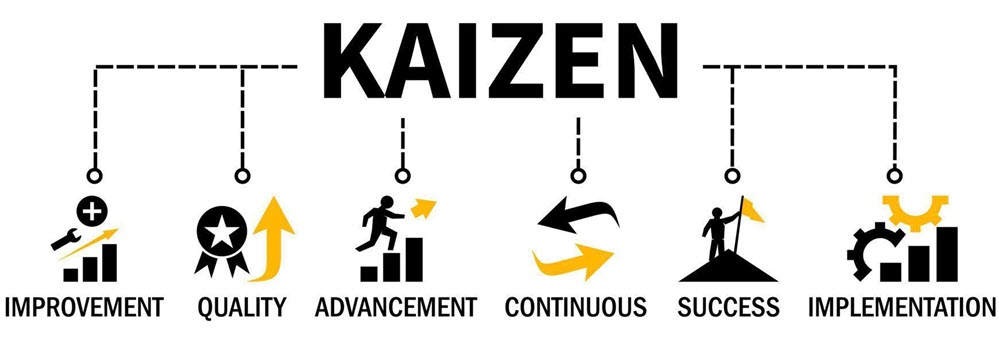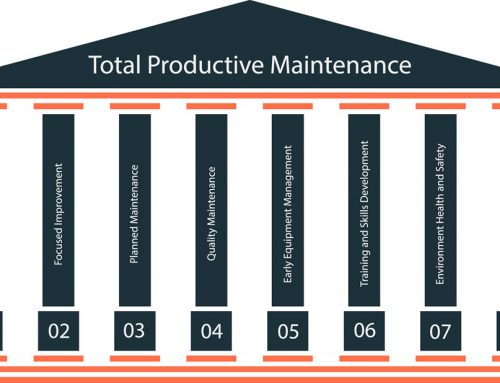Kaizen, a Japanese term meaning “change for better,” is a philosophy and methodology that focuses on continuous improvement. Widely applied in manufacturing, healthcare, and various industries, the Kaizen method aims to enhance productivity, efficiency, and overall workplace satisfaction. In this article, we will explore the steps and strategies for effectively implementing the Kaizen method within your workplace.
Understanding the Kaizen Method
Defining Kaizen
At its core, the Kaizen method is about making small, incremental changes that lead to significant improvements over time. It involves every employee, from the top management to the frontline workers, encouraging a culture of continuous improvement. This approach values the collective wisdom of the workforce, emphasizing that even the smallest improvement suggestions can contribute to the overall success of the organisation.
The Role of Kaizen Events
Kaizen is often implemented through events or workshops known as Kaizen events or Kaizen blitzes. These are focused, short-term initiatives that bring together cross-functional teams to address specific issues or improve a particular process. These events are instrumental in kickstarting the Kaizen journey within a workplace, fostering collaboration and problem-solving.
Steps to Implement Kaizen Method
Establish a Kaizen Culture
For the successful implementation of the Kaizen method, a cultural shift is essential. Leadership plays a crucial role in promoting a culture of continuous improvement. Encourage open communication, value employee input, and emphasise the importance of learning from mistakes. By creating an environment where improvement is not only encouraged but expected, you lay the foundation for the Kaizen philosophy to thrive.
Train Your Team in Kaizen Principles
To effectively implement the Kaizen method, ensure that your team is well-versed in its principles and methodologies. Conduct training sessions on Kaizen concepts, including problem-solving techniques, value stream mapping, and the PDCA (Plan-Do-Check-Act) cycle. Empower your employees with the tools they need to identify opportunities for improvement and participate actively in the continuous improvement process.
Start with Small Changes
Kaizen is all about incremental improvements, so it’s advisable to start with small, manageable changes. Encourage employees to identify and implement minor adjustments to their daily processes. This could include rearranging workspaces for better efficiency, creating visual cues for improved communication, or simplifying documentation procedures. Small changes not only build momentum but also make it easier for employees to embrace the Kaizen mindset.
Implementing Kaizen Events
Identify Areas for Improvement
To kickstart the Kaizen method in a more structured manner, identify specific areas for improvement. This could be a particular process, department, or aspect of your business that needs enhancement. Engage employees from different levels and functions to gather diverse perspectives and insights. The key here is to select areas that align with overall business goals and objectives.
Form Cross-Functional Teams
Kaizen events are most effective when they involve individuals from various departments or functions. Form cross-functional teams that bring together a mix of skills and expertise. This not only facilitates a holistic understanding of the identified issues but also promotes collaboration among employees who may not typically work together.
Conduct Kaizen Workshops
Once your teams are in place, conduct Kaizen workshops to address the identified issues or processes. These workshops follow a structured approach, often using tools such as value stream mapping, fishbone diagrams, and 5 Whys to analyse root causes and develop improvement strategies. The emphasis is on finding practical solutions that can be implemented immediately.
Sustaining Kaizen Efforts
Implement Feedback Loops
Kaizen is not a one-time effort; it’s an ongoing process. Implement feedback loops to continuously assess the impact of the changes made. Encourage employees to provide feedback on implemented improvements and use this information to refine processes further. Regular check-ins and assessments help in maintaining the momentum of continuous improvement.
Recognise and Celebrate Achievements
Acknowledging and celebrating small victories is essential to keep the Kaizen spirit alive. Recognise individuals and teams for their contributions to the improvement process. This not only boosts morale but also reinforces the idea that continuous improvement is a collective effort where everyone’s contributions are valued.
Conclusion
implementing the Kaizen method within your workplace requires a cultural shift, commitment from leadership, and active participation from all employees. By fostering a Kaizen culture, training your team in Kaizen principles, starting with small changes, and organising structured Kaizen events, you can embark on a journey of continuous improvement. Remember, Kaizen is not a destination but a mindset that thrives on the belief that there is always room for improvement. As your organisation embraces the Kaizen method, you pave the way for sustained success, increased efficiency, and a more empowered and engaged workforce.






